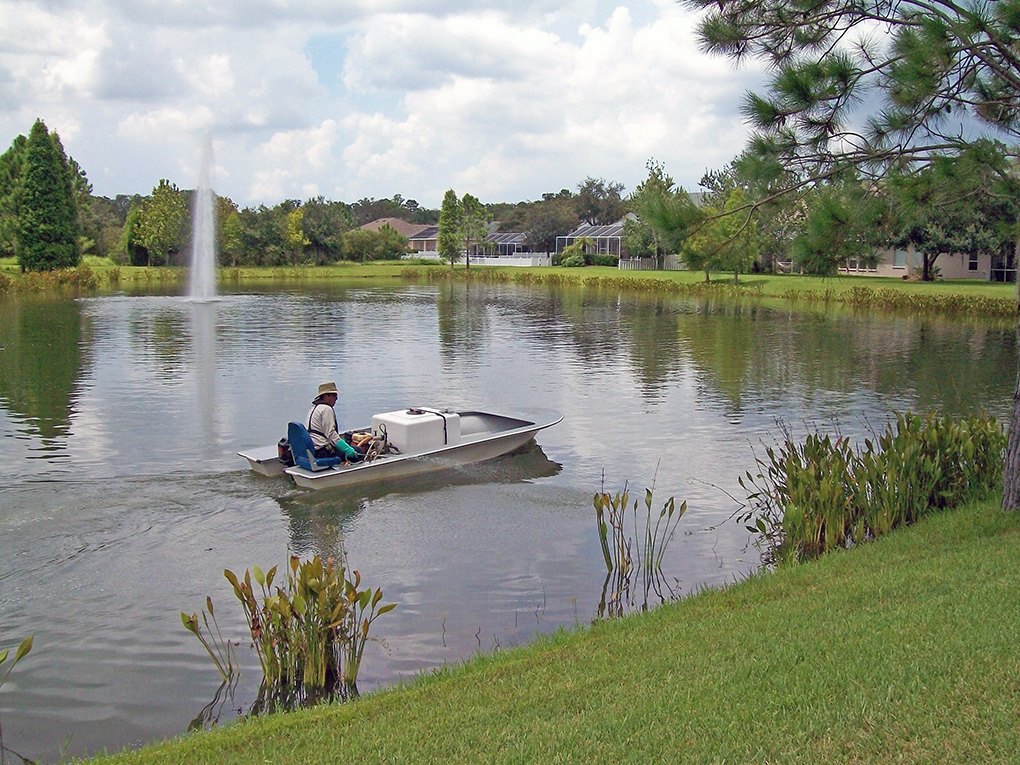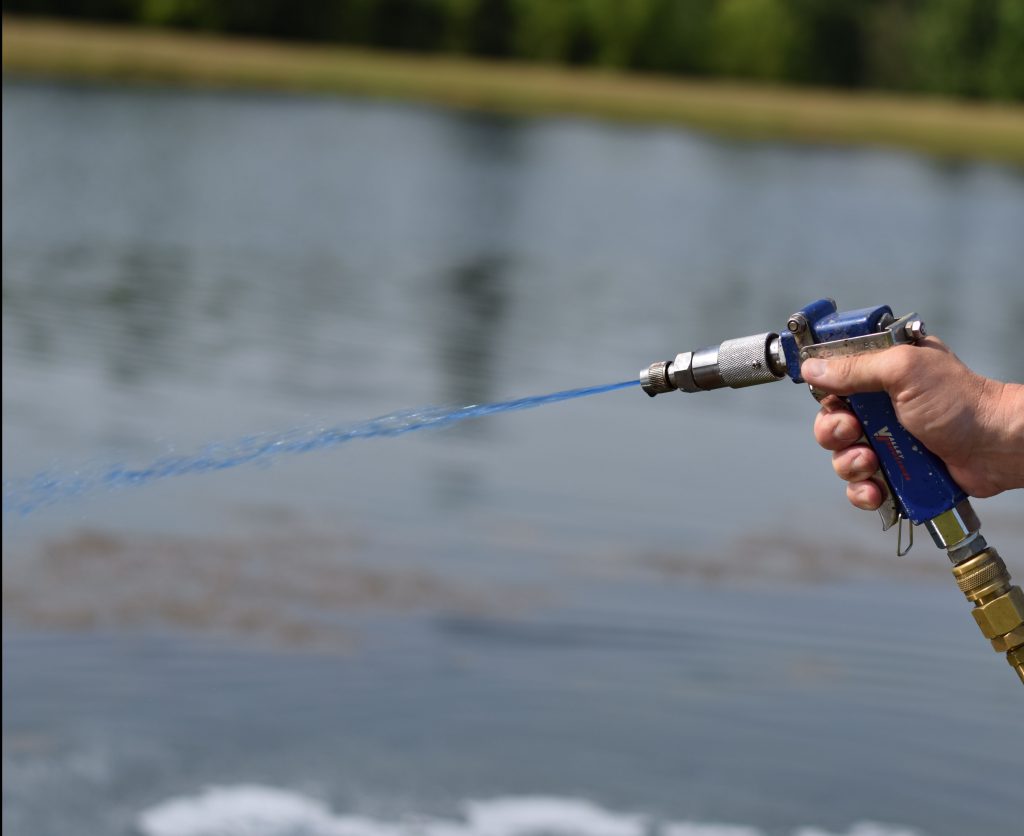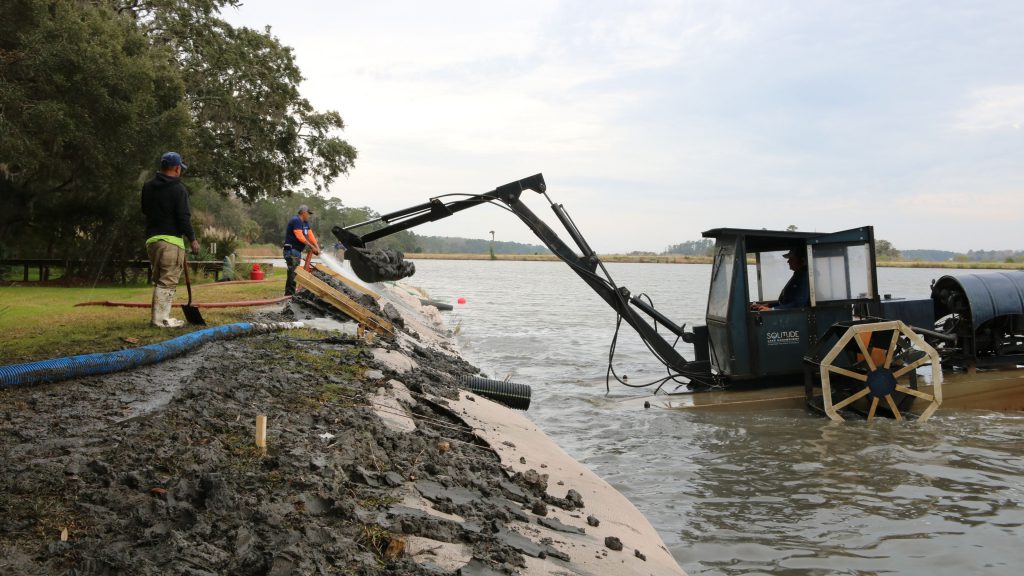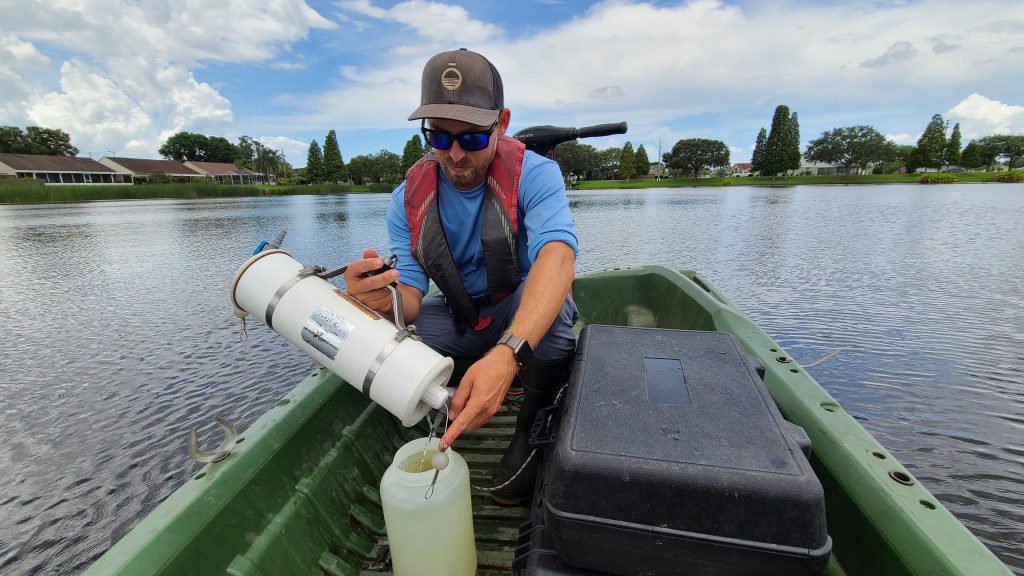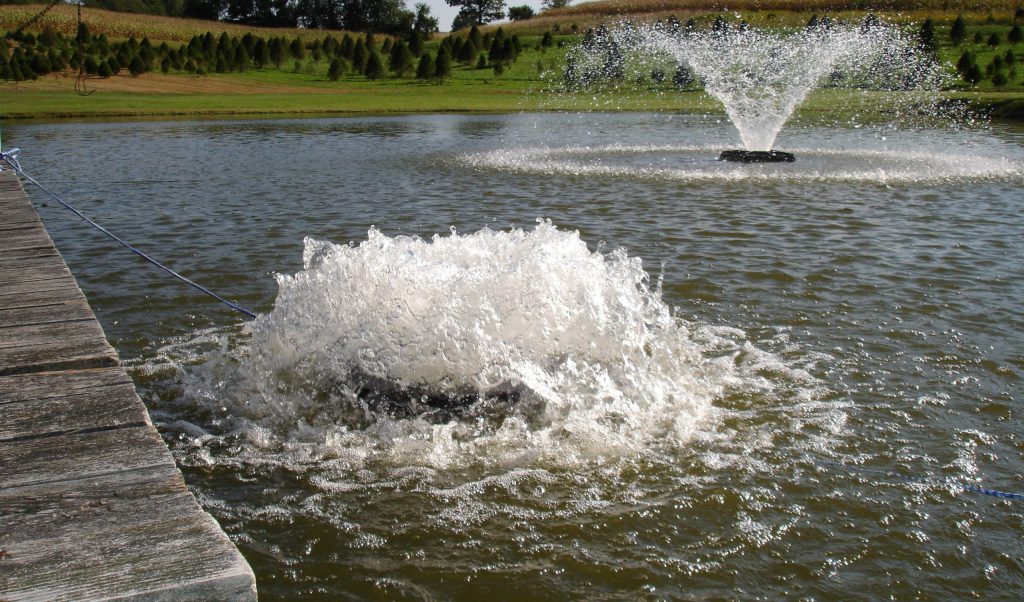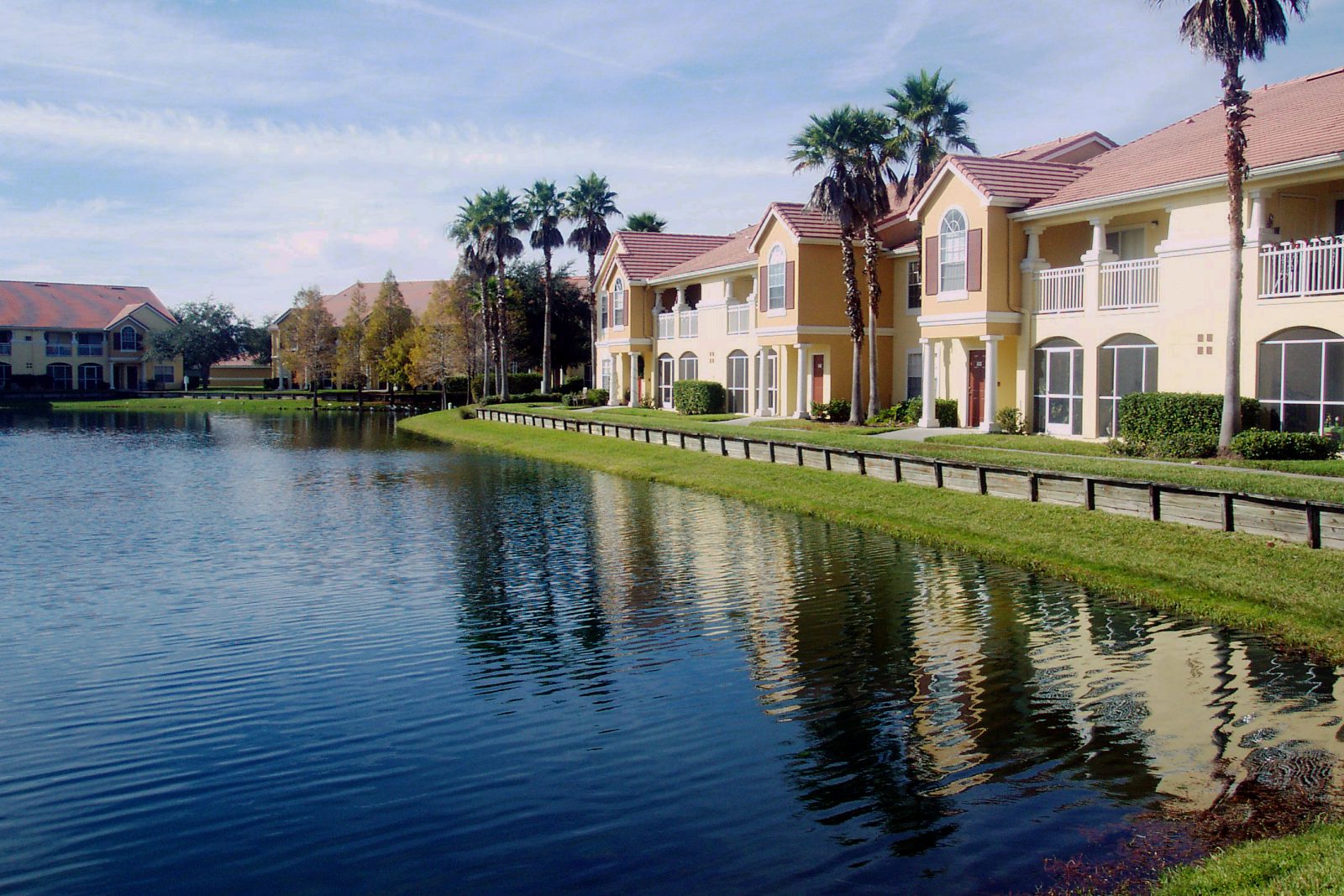
Are Herbicides Bad for Lakes and Ponds?
Homeowners, property managers, and golf course superintendents have many questions, concerns, and misconceptions when it comes to the management of their lakes and ponds. One of the most common revolves around the safety of herbicides. Stakeholders sometimes cite news headlines about the dangers of chemicals and bans that have been enacted on different pesticide products. They may express fear about their children or pets swimming in water that has been managed with herbicides, or become worried about the impact of herbicide-treated irrigation water on lawns and gardens.
This uneasiness regarding the use of herbicides is understandable, but once lake managers, residents, and guests learn more about the processes and decisions around herbicide use, as well as the shared passion lake and pond management professionals have for the protection of the environment, these concerns can most often be alleviated.
When Herbicides Are Implemented
In many situations, herbicide use is imperative to interrupt explosive weed growth that is wreaking havoc on a delicate ecosystem. Without intervention, nuisance and invasive vegetation will degrade aquatic environments by limiting dissolved oxygen, releasing harmful levels of phosphorus, blocking sunlight, and choking out native plants and animals. Just as we might take medicine when we are sick, herbicides allow professionals to rapidly reset the waterbody and alleviate the stress on the environment, before implementing additional proactive and sustainable management solutions.
EPA Involvement with Herbicide Use
Similar to the products in your medicine cabinet, the products used for lake and pond management go through many years of research and exhaustive monitoring to gain registration from the Environmental Protection Agency (EPA) for aquatic use. This cannot be achieved if a product poses more than a one-in-a-million chance of causing significant damage to human health, the environment, or wildlife. The products and treatment methods are carefully designed to target only nuisance and invasive vegetation without impacting native plants in the aquatic habitat. Herbicides don’t “poison” undesirable weeds; they interfere with the unique growth mechanisms to halt their development. This treatment is intended to be quick and requires only a short period of downtime. Stakeholders can rest assured that their waterbody is safe to interact with and enjoy once the process is complete.
It’s important to remember that herbicides are safe and effective, but only when applied by a licensed professional. Aquatic scientists and experts have extensive training to correctly interpret and apply products according to strict label guidelines. Professionals also have access to the appropriate personal protection equipment (PPE) to prevent unintended exposure during the application.
Herbicides Place In Lake Management
Herbicides are helpful and critical tools that we keep in our toolbox of lake and pond management solutions. We cannot keep the environment healthy without having access to these highly-impactful products. However, professionals understand that herbicides alone are not the best solution for long-term sustainability. Herbicides help us very quickly and safely establish control of harmful growth, but they do not address the root of the problem. Generally, excess weed growth occurs when there is an imbalance in the ecosystem. Erosion, muck development, pollution, and other problems can lead to a surplus of nutrients – the primary source of explosive plant growth. Proactive management is key to avoiding this.
Establishing A Holistic Management Plan to Reduce Herbicide Use
The most environmentally-responsible management plan is a holistic one. This often starts outside of the water. Damaged, eroding shorelines contribute to muck development, loss of volume, and flooding. Shoreline restoration should be a priority if deep cracks and steep drop-offs are present. Professionals may recommend reshaping and anchoring sediment using a bioengineered containment system. Sometimes, this may require using a hydro-rake to scoop out hundreds of pounds of sediment that has accumulated at the bottom over time. Once in place, the material can be planted with grass and native plants to create a natural buffer around the waterbody. Vegetative buffers not only add beauty and dimension to the aquatic ecosystem, but also help filter out trash, animal waste, fertilizers, organic pollutants, and other contaminants during rainstorms.
Reestablish Healthy Water Quality Conditions
Once a healthy shoreline has been cultivated, steps should be taken to reestablish healthy water quality conditions. If water quality tests reveal an excess of nitrogen and phosphorus, professionals may recommend using different nutrient remediation products, like alum or phoslock, designed to “deactivate” or remove these nutrients from the water, creating more balanced water quality. Beneficial biological bacteria can also be applied. Similar to taking a probiotic, these beneficial bacteria aid in the natural “digestion” of bottom muck and help eliminate water cloudiness and bad odors. When nutrient levels are reduced, it becomes more difficult for algae to develop.
Introduce Oxygen with Aeration
Stakeholders can further enhance their waterbody by installing a floating fountain or submersed aeration system. Fountains add a sense of beauty and gracefulness on the water while increasing circulation and the transfer of dissolved oxygen at the surface. Submersed aeration systems are often placed underneath fountains to increase water circulation at greater depths. Submersed systems release bubbles that integrate dissolved oxygen and interrupt stagnation as they rise to the surface. Dissolved oxygen helps aquatic live to thrive, and also helps neutralize excess nutrients and pollutants, converting them to forms that do not sustain nuisance organic growth.
Achieve Beautiful Water with Proactive Management
Lakes and ponds enhance our communities in so many unique ways. They bring us beauty and movement, they support native insects and wildlife, they create recreational opportunities, and they serve as important stormwater collection structures in our urban environments. It is imperative that we keep these incredible systems healthy and functional through proactive management, but herbicides are often necessary to jumpstart the process. We should never lean on them as the only solution, but they can be a valuable and sometimes last resort option in times of great need.
Managing Aquatic Weeds & Algae In Lakes
SOLitude Lake Management is a nationwide environmental firm committed to providing sustainable solutions that improve water quality, enhance beauty and preserve natural resources.
SOLitude’s team of aquatic scientists specializes in the development and execution of customized lake, stormwater pond, wetland and fisheries management programs. Services include water quality testing and restoration, algae and aquatic weed control, installation and maintenance of fountains and aeration systems, shoreline erosion control, muck and sediment removal and invasive species management. SOLitude partners with homeowners associations, golf courses, private landowners, businesses and municipalities. SOLitude Lake Management is part of Rentokil, a leading business services company, operating across the United States, Canada and Puerto Rico.
For more information, visit SOLitude Lake Management at solitudelakemanagement.com, and connect on Facebook, LinkedIn and Twitter.








